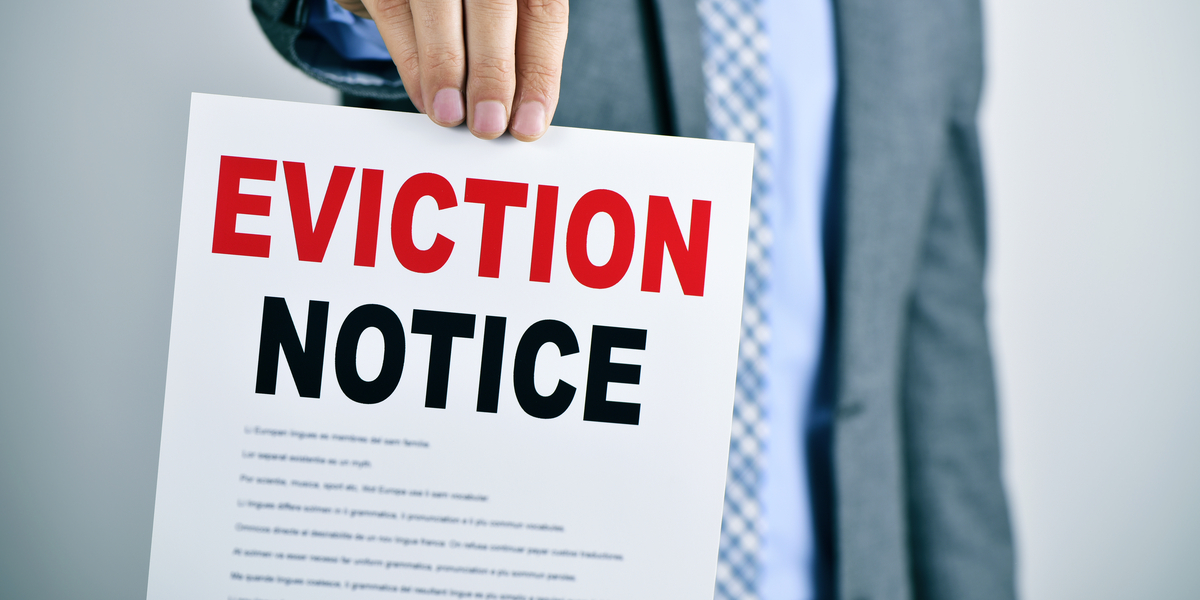Writing A Hardship Letter Abandonment
If you own property, particularly commercial real estate, you may find yourself in significant financial hardship as a result of abandonment. Abandonment happens when tenants leave, usually unexpectedly, and you are unable to immediately find replacements. The result is that you may have to sell your property. Because commercial real estate is so expensive to hold, it is quite common for property owners to request a short sale.
A short sale is a process in which you sell the property for less money than the outstanding balance on your mortgage. In a short sale, the lender has to agree not just to do this, but also to dismiss the difference between the money collected and the money owed. Lenders may be willing to do this if it is demonstrated that holding the property and eventually moving into foreclosure would be more expensive.
Basic Content of the Hardship Letter Abandonment
A hardship letter is a formal document that must focus on facts. You have to keep it short and to the point, trying to fit all the information on a single page. Attach any documents you have to prove each of your points, such as a property valuation, details of your tenants, when the tenants left, an income statement, the short sale offer, and so on.
You must start your letter by explaining which building you own, and the type of building. State that you hope to come to a short sale agreement. Explain what your current mortgage payments are and that, in order to make those payments, you require at least a certain number of tenants to be in the property. However, your property has now been abandoned, which means you are no longer able meet that requirement. Make sure you indicate why your property was abandoned and when.
Explain Why the Situation Is Unsustainable for You
Indicate your current rent figures as well as how much money has been invested in renovating and repairing the property. Explain what other steps and measures you have taken in order to reduce your outgoings and save money. State that, despite all of that, your tenants have still chosen to abandon the property. This could be due to certain issues, such as a housing crisis or property damage, for instance. Basically, what you must demonstrate, is that the result is a substantial loss of income on your part.
Your letter must make it clear that the current situation is unsustainable for you. This means that you will not be able to keep up with the mortgage payments, and that you may soon have to file for bankruptcy. Explain that, if at all possible, you would prefer to circumvent or avoid that, and that you feel a short sale could be an appropriate solution. You should only make a request for this, however, if you have already received a short sale offer. Hence, make it clear who has made the offer, when, and the offered amount.
Remember that there is no guarantee that your request will be accepted. However, if you can demonstrate that it is in your lender’s interest to do so, you may have a chance.
Hardship Letter Abandonment Example
{Your Name}
{Your Address}
{Your Phone #}
{Date}
To Whom It May Concern:
I am writing this letter to request the short sale of my {building type}. In order to meet my mortgage payments, I require the rent from {number} tenants. However, due to the {location/condition of the property/etc.}, the property has been abandoned.
I currently charge {amount} for rent per person, and I have invested {amount} into property repairs. I have also {additional steps to save money}. However, due to {property damage/housing crisis/etc.}, my tenants have abandoned the property and I no longer have a steady stream of income.
Soon, I will no longer be able to meet the loan requirements and will have to file for bankruptcy. I am hoping to circumvent that chance with a short sale of the property as soon as possible.
Attached are the necessary documents outlining the property value, damage, repairs, and upkeep costs. I am grateful for your assistance in this matter.
Thank you,
{Sender Name}








